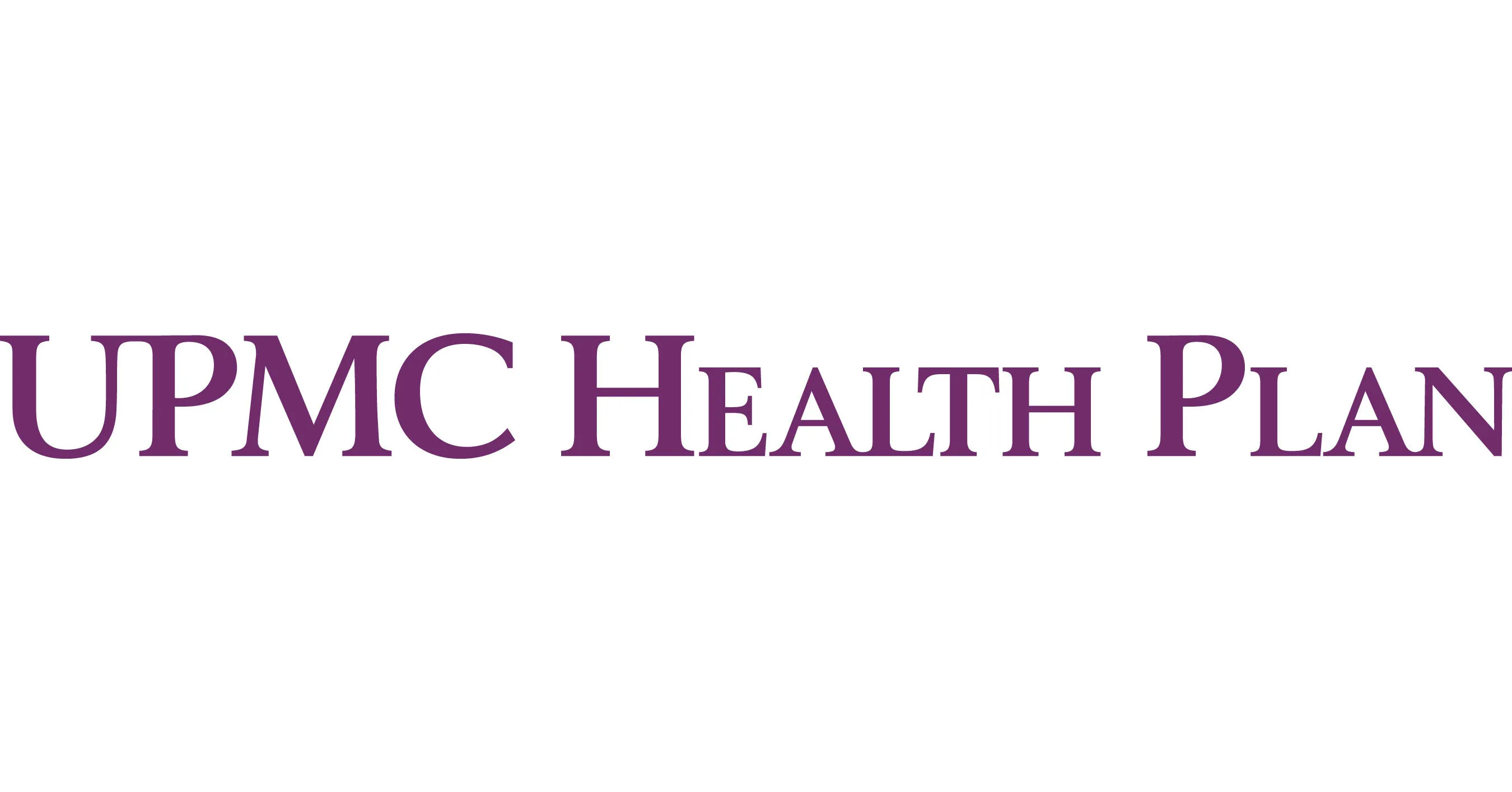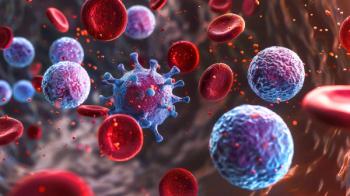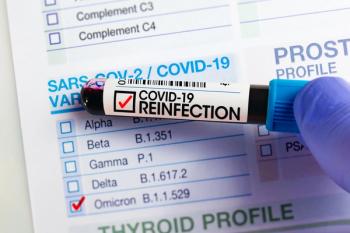
From Statins to PSCK9 Inhibitors: Choosing the Right Therapy for Cholesterol

Key Takeaways
- Statins remain the cornerstone of cholesterol management, offering significant LDL reduction and cost benefits, with alternatives considered based on patient-specific factors.
- PCSK9 inhibitors and inclisiran provide additional LDL lowering, especially in patients with familial hypercholesterolemia or statin intolerance, despite higher costs.
Erin McConnell, PharmD, discuss the clinical decision-making process for choosing between statins, PSCK9 inhibitors, or newer agents like inclisiran.
Pharmacy Times interviewed Erin McConnell, PharmD, program manager, pharmacy quality at the University of Pittsburgh Medical Center, on the factors impacting cholesterol treatment management decisions and emerging therapies for high-risk patients.
Pharmacy Times: Can you discuss the clinical decision-making process for choosing between statins, PSCK9 inhibitors, or newer agents like inclisiran?
McConnell: The cornerstone of therapy is a healthy lifestyle, which includes optimum weight, not smoking, enough exercise, typically around 150 minutes per week, and a diet low in saturated and trans fatty acids and one that's enriched in fiber, fruit, vegetables and fatty fish. When the lifestyle modifications aren't enough themselves, or they're recommended to be used in combination with medication therapy, we typically start with statins. Those are the first line agents for this condition, they should be considered in patients, all patients, unless there is a contraindication or the patient has already tried and failed multiple agents, either due to lack of efficacy or issues with side effects that cannot be mitigated. The statins do offer 22% to 50% LDL lowering depending on the medication and the strength that's utilized. They also provide reduction in both primary and secondary cardiovascular events, and they have the lowest cost.
And then from there, we look to add on alternative therapy, add on therapy or provide alternative therapy, [which] really depends on the patient's clinical picture and situation. So, next we could look at a drug, like inclisiran [Leqvio; Novartis], that can be next in line to the added to be added on to a statin or other lipid lowering therapy. It can provide an additional 13% to 20% LDL lowering. So, it's not really great on its own, and that's why it's typically added on. It has a low incidence of side effects, and it's fairly inexpensive now that it's generically available. So, this would be a good option if additional LDL reduction is needed.
Another option would be the PS inhibitors, they can be added to maximally tolerated statin therapy when additional LDL lowering is needed, because they can provide an additional 43 to 64% reduction in LDL, or they can be used alone if statin therapy is not appropriate or is contraindicated. These PCSK9s also are options for patients with those familial conditions, because they tend to have a higher starting LDL level can drastically reduce that level, more so than statins.
Recent data have also shown that these medications can provide reduction in major adverse cardiovascular events or MACE, as well as all-cause mortality in patients with established CVD. Some benefit there, in addition to the LDL lowering. Then, while the cost of these medications has come down in recent years, their higher cost tends to be a limitation to use for some patients. We have to weigh that risk benefit profile for the patient, and make sure they're actually sure they're actually going to be able to afford the medication.
Lastly, there are a handful of other classes of medications that are available. Those would be the drugs, like inclisiran, which is an anti-ischemic, small interfering ribonucleic acid agent; adenosine triphosphate-citrate lyase inhibitor (ACL), or bempedoic acid [Nexletol; Esperion Therapeutics, Inc]; the angiopoietin-like protein 3 inhibitor evinacumab [Evkeeza; Regeneron Pharmaceuticals, Inc]; and, finally, fibroids could even be options for patients who need additional LDL or triglyceride lowering with statins in combination or when statins are contraindicated or not tolerated when compared to placebo.
The use of the ACL inhibitor has demonstrated a decrease in the composite endpoint of cardiovascular death, non-fatal myocardial infarction [MI] and stroke or other coronary revascularization, as well as lower rates of fatal and non-fatal MI and coronary revascularization. And finally, the FIB [fibrate] rates may be beneficial in patients who have high triglycerides and low HDL. There are some studies to show that the FIB rates can also reduce the cardiovascular events. So, a lot of options there, and a lot of different ways we could go depending on the patient's clinical picture.
Pharmacy Times: How have recent updates to cholesterol management guidelines from the ACC and AHA impacted clinical practice?
McConnell: Although we still have goals for total cholesterol, LDL and HDL, we try to look at the patient's full picture and what else is going on with them, as I mentioned. Really gone are the days of managing solely to those goals in these higher risk patients. The goals can and should be considered when selecting medications and when considering add on or alternative therapy to statins. However, the recent guidelines recommend that moderate or high intensity statin medication be added to lifestyle therapy regardless of the patient's current cholesterol levels. For example, high intensity statin therapy should be initiated in patients at any age who have diabetes and also have ASCVD in patients 40 years of age and older who have diabetes, who are at higher risk for developing ASCVD and for patients 75 years of age and younger who have ASCVD, you can use a moderate intensity statin therapy. When patients have diabetes but do not currently have ASCVD based on their risk benefit profile, if they're 40 and older and at lower risk of cardiovascular disease with diabetes or have ASCVD and may have conditions or drug interactions that may influence safety or have statin intolerance, you need to use a lower dose.
There also are additional non-statin options to consider, but some of them aren't included in the guidelines yet, either because they're newer to the market or because they didn't have the same type of clinical outcomes as the older agents at the time the guidelines were last updated. So really, a focus on statin there. Adoption of these guidelines has been increasing gradually, I would say, and is really aided by the inclusion of some quality measures into the National Quality Rating programs. Pharmacists can play a role in educating both patients and providers about these updated recommendations in patients with diabetes and CVD, the statin therapy benefits, in addition to LDL lowering and also ways to maintain statin therapy when certain side effects occur.
Pharmacy Times: What new or emerging therapies for cholesterol management show promise in clinical trials?
McConnell: There are a few chemical entities with novel mechanisms of action that are being studied. A few of these drugs currently are in phase 3 trials, following positive results from their phase 1 and 2 studies. These drugs are still a few years out from FDA approval, so I don't want to go into them too much, other than to really say that they're looking at these agents’ ability to more potently lower LDL without causing increased side effects. And then also, as I mentioned earlier, to raise the HDL in a variety of conditions involving hypercholesterolemia and dyslipidemia, for both primary and secondary prevention.
There also are new indications for existing drugs being studied. For example, inclisiran efficacy in homozygous, familial hypercholesterolemia, coronary artery disease, primary hypercholesterolemia, or mixed dyslipidemia, and in the prevention of both cerebrovascular and cardiovascular events. Then, kind of oddly, resmetirom [Rezdiffra; Madrigal Pharmaceuticals], a drug that was recently FDA approved for the treatment of the condition formerly known as NASH [now known as non-alchoholic fatty liver disease], is investigating use for heterozygous, familiar hypercholesterolemia. So different mechanism of action there with that medication.
Newsletter
Stay informed on drug updates, treatment guidelines, and pharmacy practice trends—subscribe to Pharmacy Times for weekly clinical insights.


















































































































































































































